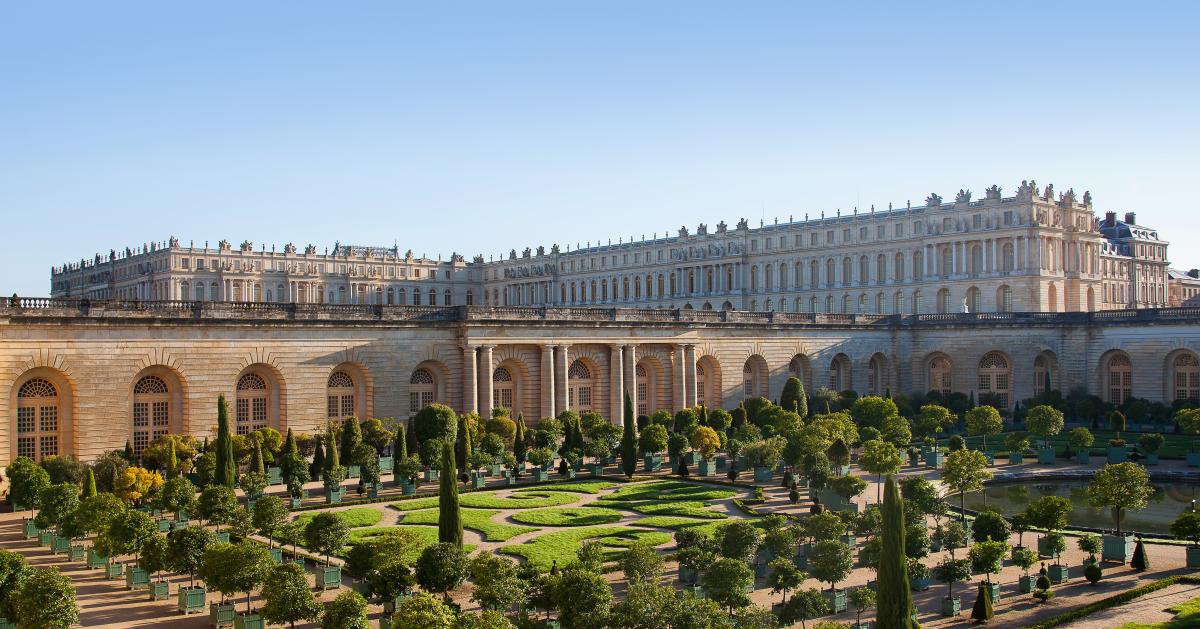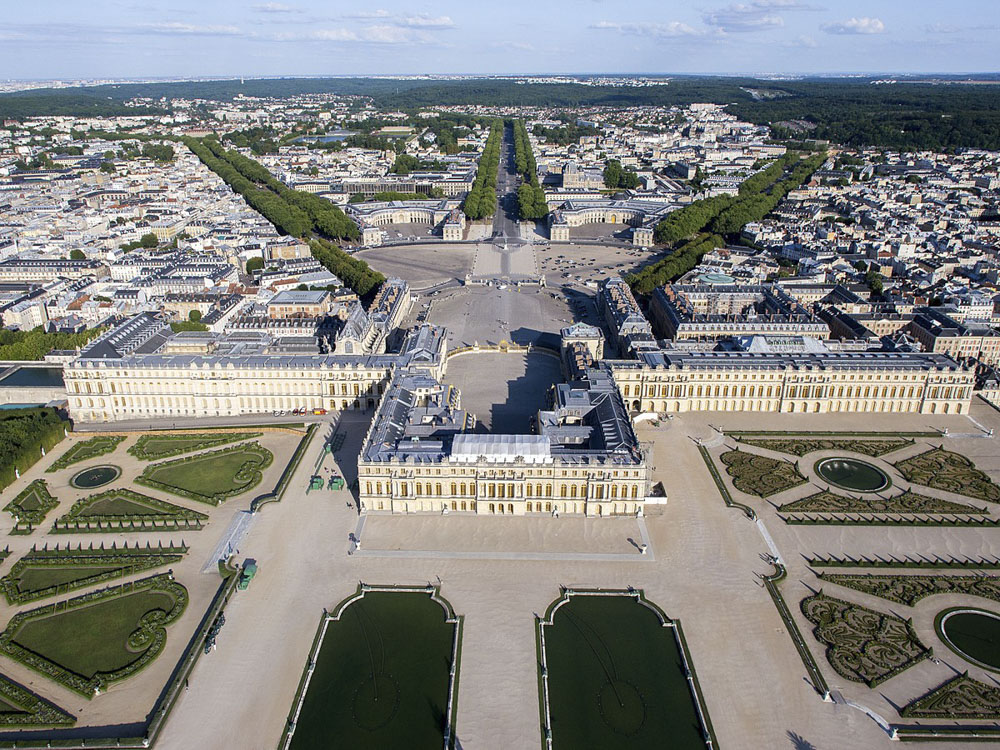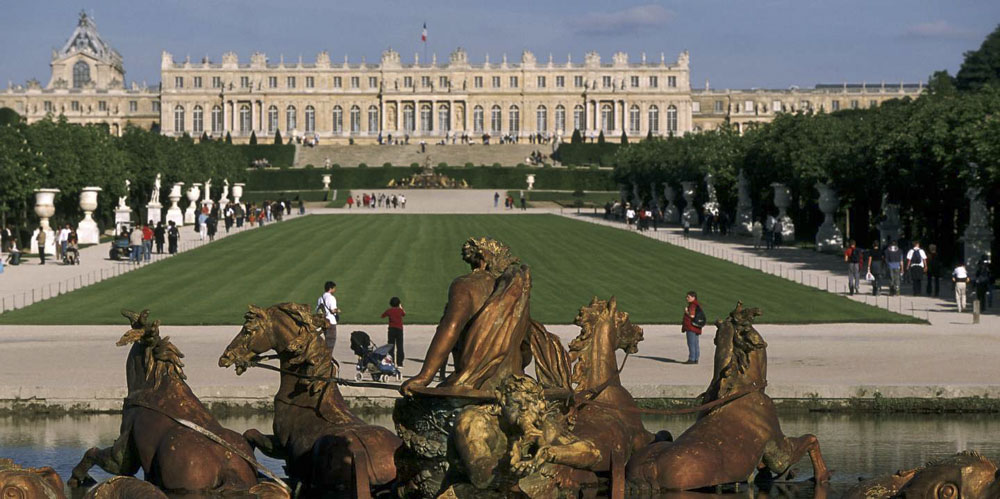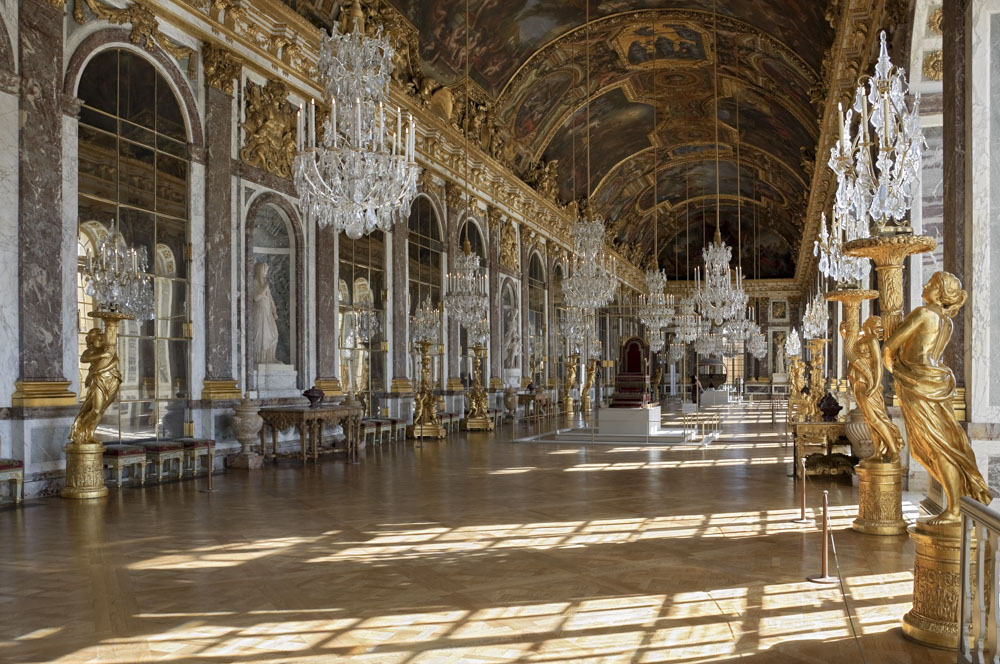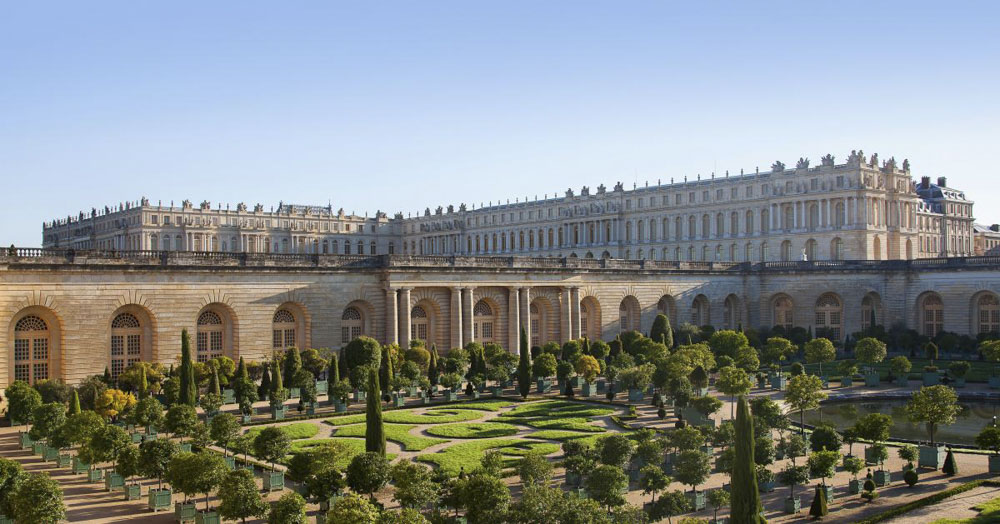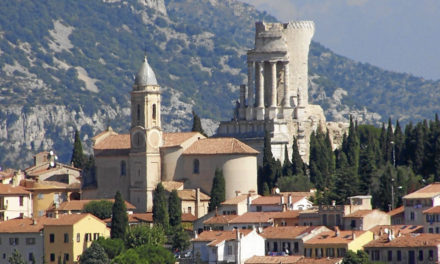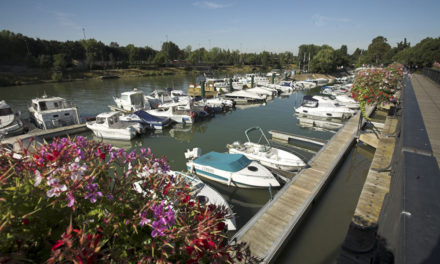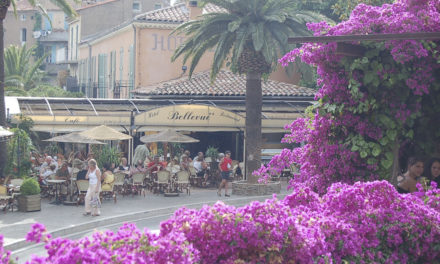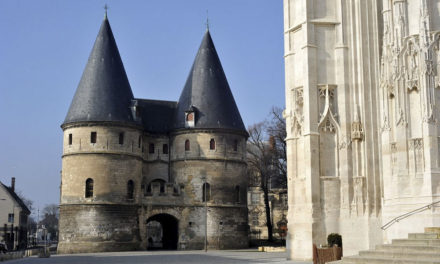The sheer scale of the Palace of Versailles will take your breath away. What began life as the much loved Hunting Lodge of Louis XIII was enlarged and transformed by his son, Louis XIV with the aid of Le Vau, and from 1682 it became the seat of government. A good way to avoid some of the queues is to purchase a One-Day pass which allows you to visit, without queuing, the State Apartments, The King’s Chamber, the temporary exhibitions, The Grand and the Petit Trianon, the Garden, the Coach Museum, The Grandes Eaux Musicales and the Parliament Museum. The price of this is €20 or €6 for the 10 – 17 year olds. (In low season these tickets are €14.5 and €4 respectively) But Beware! You must buy the ticket before 14.00 on the day in question! There is a useful website on Versailles helpful in planning how to spend one’s time best: www.chateauversailles.fr Please note the Palace is closed on Mondays and certain French Public Holidays or when official ceremonies are held. General Information: (0)1 30 83 78 88
Book a Hotel near Versailles Palace
The Parc
The gardens laid out by Le Notre between 1661 and 1700 have perspectives, groves, the canal, water playing fountains and more than 400 statues in bronze, marble or lead. Apollo features predominantly in the Chateau as the theme of the fountains and decorations in his role as Sun God. Neptune’s Bassin has no less than 58 spouts and here the Nocturnal Illuminations take place. On Saturdays (1 May –25 September) and Sundays (4 April – 3 October) the fountains are turned on during the afternoon, accompanied by music of the period, from 15.30 – 17.00 with the finale at Neptune at 17.20.(Grand Eaux Musicales). The Grandes Eaux Nocturnes with 4,000 candles and fireworks are on Saturday 3,10, 17 and 24th July at 9.30 p.m. Prior to the Revolution, the domaine was surrounded by a 43 km wall and extended to over 8,000 Hectares. The Grand Parc with its rides and paths, corresponds to the borders of the former Gardens of Versailles. Here you can visit the Queen’s Hamlet where Marie Antoinette had little cottages built to supply food for the palace kitchens. There is a water mill, a dairy, dovecote, a gamekeeper’s cottage and the Marlborough Tower. The Park is open from 7 a.m. in the summer, 8 a.m. in winter – until sunset and entrance is free for pedestrians throughout the year.
History 1
Just before the Canal is ‘la Flotille’ where you can pause and enjoy a light lunch before strolling through the park to reach the Grand and Petit Trianon. It was Louis XIV, the Sun King, who purchased a village called ‘Trianon’ to build a house for taking ‘light meals’. The first Trianon was nicknamed the ‘Porcelaine Trianon’ because the walls were covered with blue and white ceramic tiles. Here the flowerbeds were changed daily! No wonder there was a revolution with such extravagances at court! Its successor – today’s Trianon, is built of marble and porphyry with a colonnaded portico linking the gardens to the house. The apartments still have the period decor but the furnishings are those of Napoleon I and one wing, since the days of De Gaulle, is reserved for the Head of State. A mini train can, if you prefer, take you on precisely this round trip – or you can go for a ride in a horse drawn calêche. The Petit Trianon, nearby, was the idea of Madame de Pompadour, mistress of Louis XV. Finished in 1768, it was later given to Marie Antoinette by Louis XVI as she preferred to escape from the luxurious formal state apartments at Versaille to either her private apartments or the Petit Trianon. Here too she invested heavily in decorations and landscaping the garden. Her frequent absences from court were not to stand her in good stead in the early days of the revolution!
The Hall of Mirrors
It is striking how small the rooms are of the private apartments as against those of the official reception rooms. One has to bear in mind that the arrangements for heating were not as in modern times so smaller rooms would, inevitably, have been far more comfortable and cosy. This was especially true of the early bathrooms! At the other end of the scale, the Hall of Mirrors, (currently undergoing restoration) recognised as the chief masterpiece of Versaille, was to glorify the memory of Louis XIV. Begun in 1678, when the Treaty of Nijmegen was signed which the King viewed as the high point of his reign, he ordered Le Brun to depict the achievements of his government on the ceiling of the hall. Hence there are 30 separate paintings framed by stucco showing the Sun King in various guises. Apart from this modest work, the rooms in the apartment of the King feature seven planets, since the sun was his emblem. The Abundance Salon leads through to the salons of Venus, Diana, Mars, Mercury and Apollo. The Opera, also featuring the use of mirrors, was built in anticipation of the wedding of Marie Antoinette of Austria and Louis XVI (as he was to become) in 1770 by Gabriel. The Chapel Royal, the work of Hardouin Mansart, was consecrated in 1710. It is a glittering mixture of Gothic and Baroque with its myriad carved figures and is the last major feature to have been built during the reign of the Sun King. Louis XIV, XV and XVI attended Mass in the first floor Tribune which connected to the royal apartments, whilst the courtiers filled the Nave below and the ladies of the court filled the galleries.
Copyright text : Sarah Francis

